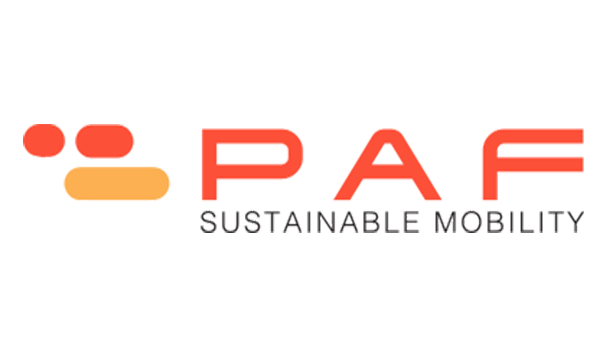Speed Limit Map


Results
Malta’s Need for Speed
When we think of traffic, our minds immediately go to the congestion and lack of parking that most of us deal with daily. In the hope to alleviate these issues and work towards a more sustainable transport plan, authorities have focused on widening and resurfacing our roads, along with implementing some major restructuring of the primary roadways. Even though several roads were, and to date are still, in high need of some TLC, concrete and tarmac alone will not remedy Malta’s traffic situation. There are a number of other concerns that ought to play major roles if we wish to move towards an efficient traffic management system. One such crucial element that appears to consistently escape attention is speed.
Traffic accidents are an all too common sight on our roads, with at least three persons a day requiring medical attention following a traffic accident, which presently occur at a 30-minute interval (Transport Malta, 2019). In 2018 alone, 38 road fatalities were recorded, translating into one road fatality for approximately every 10,000 people. Unlike many other EU member states, this number has increased by 7 deaths since 2010 rather than decreased (European Commission, 2019).
PAF has found that only 65.8% of primary roads had speed limits signs. With a little more than half of the primary roads marked, it was also noted that the posts were placed inconsistently, resulting in long strips of roads being unmarked. Other inconsistencies included no posted speed limits following a roundabout (which is a European standard); or an absence of posted speed limits on newly renovated roads where new traffic regulations were implemented, potentially feeding into existing misperceptions of speed limits and speeding habits. Findings raised questions regarding how speed limit posts were allocated, and whether the assigned speeds were compatible with the road’s infrastructure or even compliant to EU regulations. It also highlighted the deficiency of traffic-calming measures, such as speed cameras and speed bumps; especially when approaching pedestrian crossings.
Transport Malta quotes the primary cause of traffic accidents as being directly attributed to speeding; yet despite a document published in 2012, Malta still lacks a national speed limit management strategy. To date, there is no single authority responsible for speed limit policies and implementation in general. This possibly results in people filling in the blanks when it comes to speed limits or ignoring the few posted speed limits that do exist.
However, speed limits do not serve as mere recommendations to drivers. Over-speeding is as dangerous as drunk driving, yet remains a persistently dangerous behaviour on our roads, especially to those who are not behind the wheel. The World Health Organization states that pedestrians have a 90% chance of surviving an impact at 30km/h, but less than 50% chance when hit at 45km/h, and no chance at all when hit at 80km/h. Nevertheless, over-speeding in urban zones is a frequent sight.
The idea that one needs to get somewhere quickly rather than safely requires changing, as it does not only impact safety but also how people travel in Malta and the environment. Careless driving – and particularly over-speeding – appear to deter many from using different modes of transport out of fear of being injured. It also restricts the mobility of certain sub-groups of the populations, such as the elderly, children, persons with disabilities, and people who cannot afford a car. Furthermore, the promise to reduce pollution by updating the current infrastructure can also be addressed through tackling speed. Research shows that a vehicle travelling at a high speed, uses more fuel, which creates more emissions. The Netherlands have recently decided to lower their national speed limits in order to further cut emissions, yet Malta has had a 9% increase of emission from transport alone between 2012 and 2016, besides overshooting its emission targets since 2013.
Altering infrastructure alone will not create a local transport system that is safe, inclusive, sustainable and low emission. In order to achieve such a holistic traffic picture, speed needs to be addressed, both on a human and on an infrastructural level. Lowering our speed not only opens our roads to less accidents but also to opportunities. The opportunity to choose a different mode of transport, the opportunity for us and our children to feel safe on the road, the opportunity for cleaner air, the opportunity for green spaces, less cars, healthier communities.